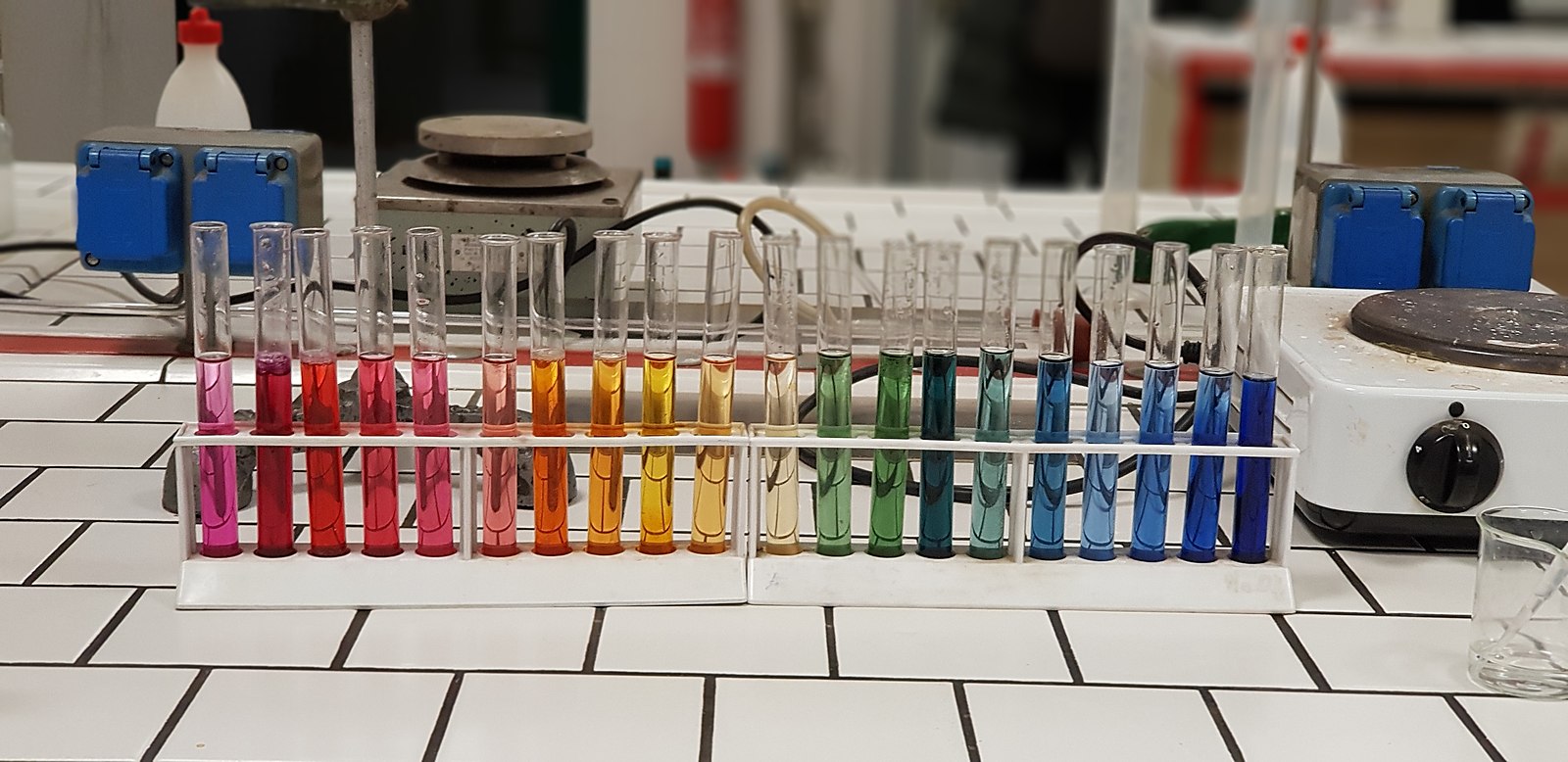The pH of chlorine water is a crucial factor in maintaining the effectiveness of chlorine as a sanitizing agent in swimming pools, hot tubs, and other water systems. Understanding the relationship between pH and chlorine can help ensure the water is properly balanced, maximizing the sanitizing power while minimizing potential irritation and corrosion.
Understanding the pH Scale and Chlorine Water
The pH scale ranges from 0 to 14, with 7 being neutral. Values below 7 are considered acidic, while values above 7 are basic or alkaline. When chlorine is added to water, it forms hypochlorous acid, which is responsible for the sanitizing properties of chlorinated water.
The ideal pH range for chlorine water is between 7.2 and 7.6. This range ensures that the hypochlorous acid is at its most effective in killing bacteria, algae, and other contaminants, while also minimizing the potential for skin and eye irritation, as well as corrosion of pool surfaces and equipment.
The Importance of Maintaining Proper pH Levels
Maintaining the proper pH level in chlorine water is crucial for several reasons:
-
Sanitization Effectiveness: As the pH of the water increases, the compounds formed by the interaction of chlorine and water change, reducing the effectiveness of hypochlorous acid in fighting bacteria and other contaminants. At a pH of 10, the only compounds formed are hypochlorite and hydroxide, which are 80-100 times less effective than hypochlorous acid.
-
Skin and Eye Irritation: The pH of the human tear drop is 7.4, and keeping the pool water at a similar pH level helps minimize irritation to the eyes and skin when swimming.
-
Corrosion Prevention: Maintaining the proper pH range can help prevent the corrosion of pool surfaces, equipment, and other materials that come into contact with the water.
Adjusting pH Levels in Chlorine Water
To adjust the pH of chlorine water, you can add either acid or buffer:
- Lowering pH: To reduce the pH, you can add an acid, such as muriatic acid or sodium bisulfate.
- Increasing pH: To increase the pH, you can add a buffer, such as sodium bicarbonate or soda ash.
It’s important to follow the manufacturer’s instructions and use caution when handling these chemicals, as they can be hazardous if not used properly.
Contaminants and Their Impact on pH
Contaminants, chemicals, and substances present in chlorine water can affect the pH balance of the water and reduce the effectiveness of chlorine in sanitizing the pool. These contaminants can include:
- Bacteria and Algae: Organic matter, such as bacteria and algae, can consume chlorine and alter the pH of the water.
- Minerals: Minerals, such as calcium and magnesium, can also affect the pH balance of the water.
Regular testing and maintenance of pH and chlorine levels can help ensure proper water quality and prevent the growth of harmful bacteria and algae.
Alternatives to Chlorine for Pool Sanitization
While chlorine is a widely used sanitizer for swimming pools and hot tubs, there are alternative options available that can provide effective sanitization while maintaining a more stable pH balance:
- Saltwater Generators: Saltwater generators use electrolysis to convert salt into chlorine, which can help maintain a more stable pH level.
- Bromine: Bromine is another sanitizer that can be used as an alternative to chlorine and may be less affected by pH changes.
- Mineral Sanitizers: Mineral-based sanitizers, such as those containing copper or silver, can provide effective sanitization without the need for harsh chemicals.
These alternatives can be worth considering for those looking to maintain a more balanced pH in their water systems.
Conclusion
The pH of chlorine water is a critical factor in ensuring the effectiveness of chlorine as a sanitizing agent, while also minimizing the potential for skin and eye irritation, as well as corrosion of pool surfaces and equipment. Maintaining the ideal pH range of 7.2 to 7.6 is essential for optimal water quality and safety. Regular testing and adjustment of pH levels, as well as considering alternative sanitization methods, can help pool and hot tub owners achieve a balanced and healthy water environment.
References:
- The Relationship Between Pool Chlorine and pH | PoolCalculator.com
- Understanding the relationship between pH and Chlorine effectiveness | ActivePools.com.au
- pH and chlorine values swimming pool – Water quality pool – Pahlen Water Treatment and Testing | Healthy Swimming | CDC
- Does Chlorine Raise Or Lower pH? – Atlas Scientific

